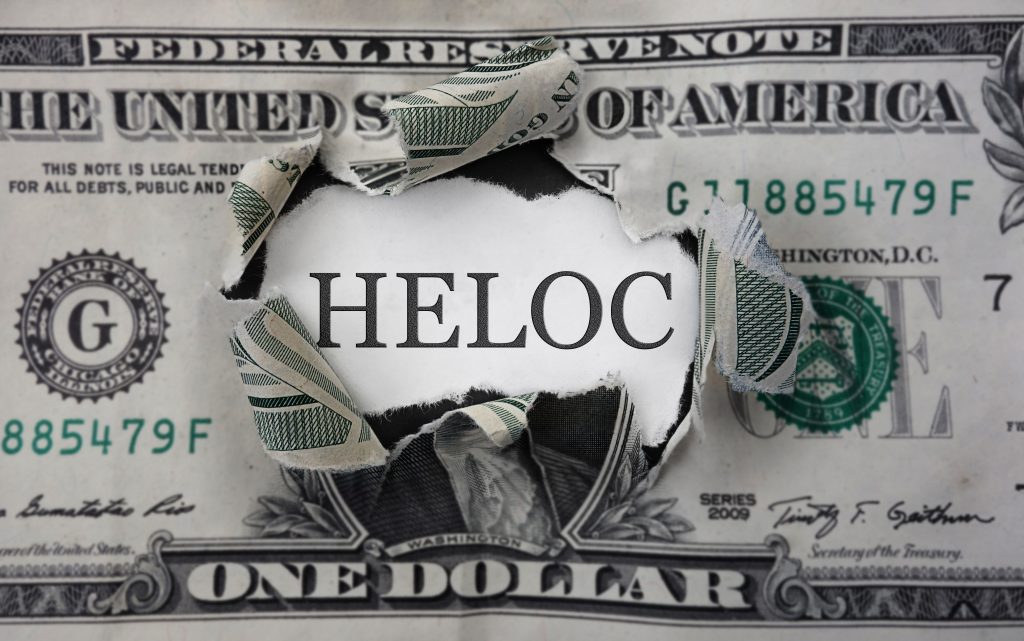Home Equity Line of Credit (HELOC) is on the rise
The demand for a Home Equity Line of Credit (HELOC) has grown significantly in the last two years. According to CoreLogic, in 2022, the number of HELOC activities increased to its highest level since 2007.[1]
Creditworthy homeowners are using HELOCs to access the equity in their homes instead of opting for a cash-out refinance. A refinance will mean paying off the existing mortgage loan and starting a new loan with a higher loan amount but with today’s interest rates. Homeowners with substantial equity who are looking to leverage their finances but still wish to maintain their current low-interest rates they got during the pandemic are choosing HELOCs instead of a cash-out refinance.
Frequently asked questions about the Home Equity Line of Credit (HELOC)
Here are the answers to some frequently asked questions about the Home Equity Line of Credit (HELOC). These are general answers not specific to any particular lender or scenario. Consult your lender or licensed mortgage loan originator to determine your best option.
What is a HELOC?
A Home Equity Line of Credit (HELOC) is a line of credit secured by your home that will allow you to borrow against the equity in your home. The equity in your home refers to the difference between the appraised value of your home and the amount you owe on the mortgage loan.
How Much Equity Do You Need for a HELOC?
The amount of equity required to qualify for a Home Equity Line of Credit (HELOC) varies from lender to lender and is determined by the lending institution’s policies and loan terms. Some lenders may offer HELOCs with higher LTV ratios, while others may be more strict. Generally, most lenders require your loan-to-value (LTV) ratio not to exceed 85%. For example, if your home’s appraised value is $500,000, your total debt on your mortgage loan should not exceed $425,000 (85% of $500,000).
Can you use a HELOC for a down payment for another home?
Yes. You can use your Home Equity Line of Credit (HELOC) for a down payment for a second home. You can use it to pay for home improvements, consolidate higher-rate debt, buy an investment property, or for any other purpose.
HELOC vs. Cash-Out Refinancing: What is the Difference?
The home equity line of credit is a separate loan taken out on top of your existing mortgage. With it, you can borrow and repay funds multiple times up to the max loan amount within the draw period.
When you refinance your mortgage and take cash out, you replace your existing loan with a new loan. This new loan will combine your current mortgage and the cash-out amount at the transaction’s closing.
HELOC vs. Home Equity Loan: What is the Difference?
The main difference between a Home Equity Line of Credit (HELOC) and a Home Equity Loan (also known as a second mortgage) is that a HELOC is a variable-rate loan in the form of a line of credit, while a home equity loan is a lump sum loan with a fixed interest rate.
Do you need an appraisal for a HELOC?
Yes, an appraisal is typically required by lenders to determine the value of a property. HELOC eligibility and loan amounts are largely determined by the value of your home and the amount you owe on your mortgage loan.
How to qualify for a HELOC?
While the eligibility and requirements for qualification for a HELOC vary from lender to lender, generally, here are the main factors that lenders will evaluate for HELOC qualifications:
- Equity (Loan-to-value)
- Income and employment history
- Debt-to-Income Ratio (DTI)
- Total Line Amount
- Credit score
- Property and occupancy type
- Liens on the subject property
How does a home equity line of credit work HELOC work?
- Application: You apply for a HELOC the same way you apply for a mortgage loan or as a cash-out refinance. Research and find the best lender and HELOC that fits your needs or consult a licensed mortgage loan originator who can provide the most accurate information regarding which option is best for you.
- Qualifications: The lender will determine if you qualify under their eligibility and requirements.
- Total Line Amount: LTV and DTI are considered by lenders when determining your total credit limit.
- Initial Draw Amount: The dollar amount you withdraw from your available credit line at the time of the closing of the transaction.
- Draw Period: This is the timeframe in which you can withdraw funds from your line of credit. This is usually ten years, and you make interest-only payments.
- Repayment Period: This is the timeframe you have to pay back the outstanding balance. You cannot draw from the loan during this period; the outstanding balance will be the loan amount, usually 10 to 20 years, depending on the terms of the HELOC. During the repayment period, you pay principal and interest.
How do I apply for a HELOC?
Applying and getting a home equity line of credit (HELOC) or a home equity loan (also known as a second mortgage) is similar to a cash-out refinance. Please remember that HELOC eligibility and requirements vary from lender to lender and state to state. Your licensed mortgage loan originator will be able to provide you with the most accurate information regarding which option is best for you.


